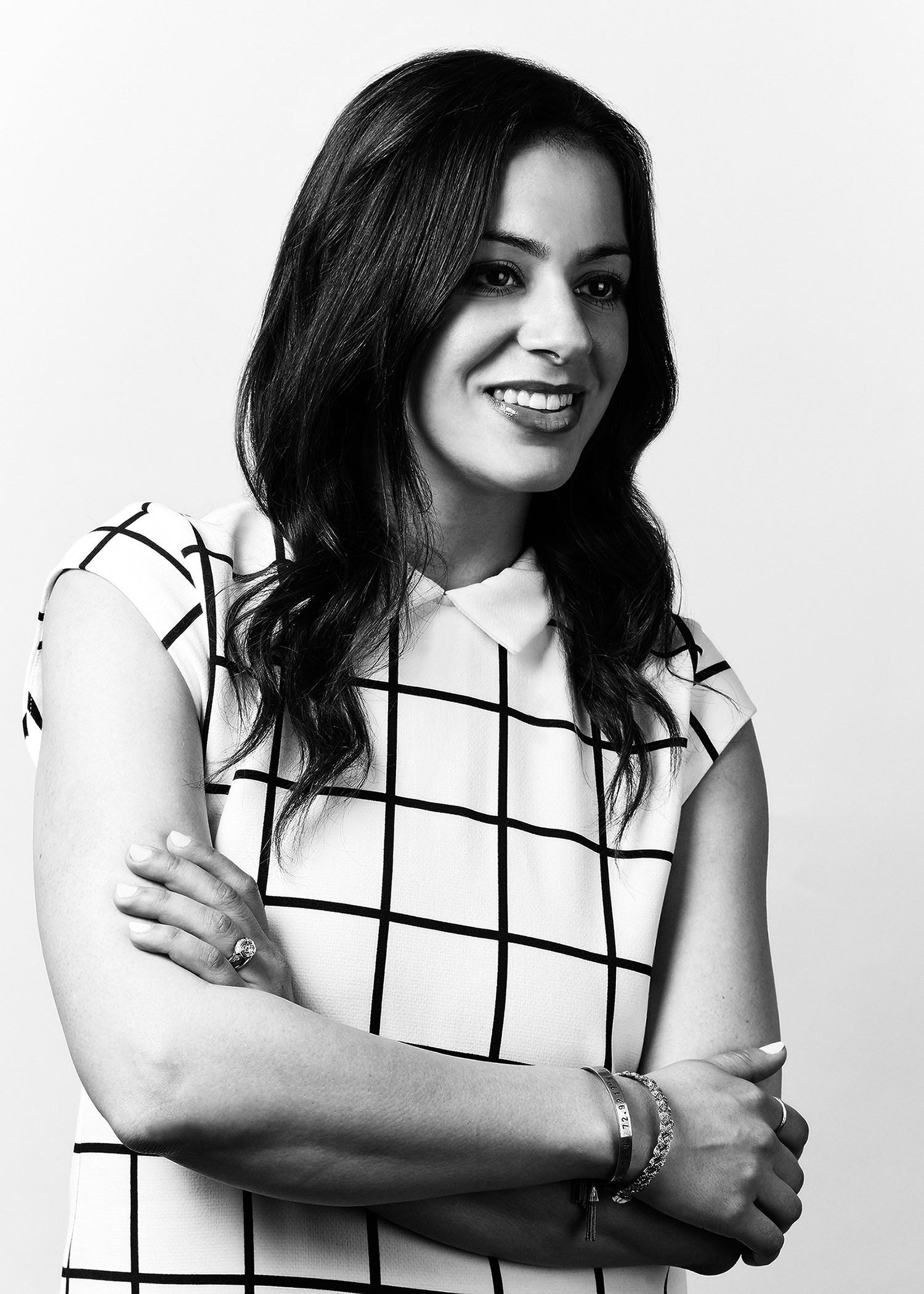Most Wanted: Suitsupply

Suitsupply has built a lifestyle around selling high-quality, value-priced suits.

Suitsupply created a vibe that many tailored clothing stores in the U.S. aspire to achieve, but few actually do. As vice president Nish de Gruiter says, “Suitsupply caters to guys who want to look modern, so we created a fresh atmosphere. Back in the day when someone would ask a guy to go suit shopping, it sounded awful. But at Suitsupply, you come in, have a beer and talk about sports, menswear, etc. and it’s actually enjoyable.” Suitsupply stores are open, airy, bright and inviting. And if you live in New York, an Audi will drive you to and from your made-to-measure appointment.

When asked for their secret to success, de Gruiter doesn’t hesitate: “It’s the product.” Suitsupply owns factories in the Far East so they’re capable of making everything vertically, which is one way of keeping prices accessible ($469 to $1,000 retail) without skimping on the quality (full- and half-canvas construction using cotton and horse hair, working buttonholes, super-110s to 160s fabrics, etc.). Founder and CEO Fokke de Jong explains, “We’re proud that we’ve been able to succeed in making a very beautiful, extremely high-quality garment at our price points. We worked for years to introduce old-fashioned techniques which were hardly ever used except for at the high-end level.” It was also good timing on their part: Suitsupply entered the U.S. just as dressing up was gaining popularity with the younger consumer.

“People stood behind the product and became ambassadors.” says de Gruiter. De Jong admits he was surprised at how informed the U.S. customer was: “A lot of our customers came in already knowing everything about suiting, even in cities like Atlanta and Philadelphia.” De Gruiter adds, “One guy shops at one of our stores and when he goes home, his friends want to know where he got his suit. That’s when we’ll start seeing more online purchases made from that same zip code, and we use that information to help decide where to open new stores.”
The sellers are also an important piece of Suitsupply’s formula. They go through three months of training where they learn about fabrics, fits, styling and pinning, and they’re also walking advertisements, dressed in head-to-toe Suitsupply. “You can make a great suit in the most beautiful fabric, but if you have people in the stores who are not equipped to sell it then everything is lost,” explains de Jong. “We can give people the skills to be successful, as long as they have the interest.” There are also on-site tailors who will do simple alterations while customers wait (30 minutes max) and more complex alterations within three days.

For spring 2015, Suitsupply will launch a higher-priced ($700 to $1,000 retail) wholesale collection to select retailers. “The suits will be full canvas, with button flys and side adjusters, in Italian fabrics (super-130s to 150s). The collection will allow for traditional retailers to foster a relationship with a younger consumer, who will eventually trade-up.
Suitsupply recognizes the importance of working with people who share their vision, which is why they collaborate with brands on categories outside of suiting. “Once a guy feels secure buying with us,” explains de Gruiter, “he’s more likely to buy other things. While our bread and butter is tailored clothing, we do want to offer other products that he might need.” For example, they teamed up with Baldwin on one style of clean, selvedge denim for $229 retail, now sold in all Suitsupply stores.

De Jong says growth will continue to be methodical. “We’re in the U.S., Europe, Asia and online, which makes us positioned to grow pretty fast, but we can do it in a controlled way. We have to have a strong meeting of the minds and be on the same page about the way we look at the product, like with our shop-in-shop at Stanley Korshak. We’re not looking to expand our distribution as fast as we can; that’s just not our plan. We’re here for the long run.”
Suitsupply’s Tailored Tips
- Fit is the most important factor. If your pants fit well and your jacket is the right length, you will look taller and leaner.
- Your shirt cuff should be half an inch longer than the sleeve of your jacket to collect any dirt you encounter throughout the day. You don’t bring your suit to the dry cleaner after each wear, but you will wash your shirt.
- Formal pants should always fit around your hips; they’re not worn on the waist. Pants should sit two or three fingers below your belly button so the crotch doesn’t sag between your knees.
- Pants should have a short break or none at all, and fall an inch off the ground. This should help keep your creases nice and sharp, making you look taller.
- A jacket should have soft shoulders. They make the whole suit look more natural and you’ll look and feel more comfortable.
- A higher, tighter armhole actually increases comfort and flexibility. If the armhole is too low, the side of your jacket will pull every time you move your arm.







